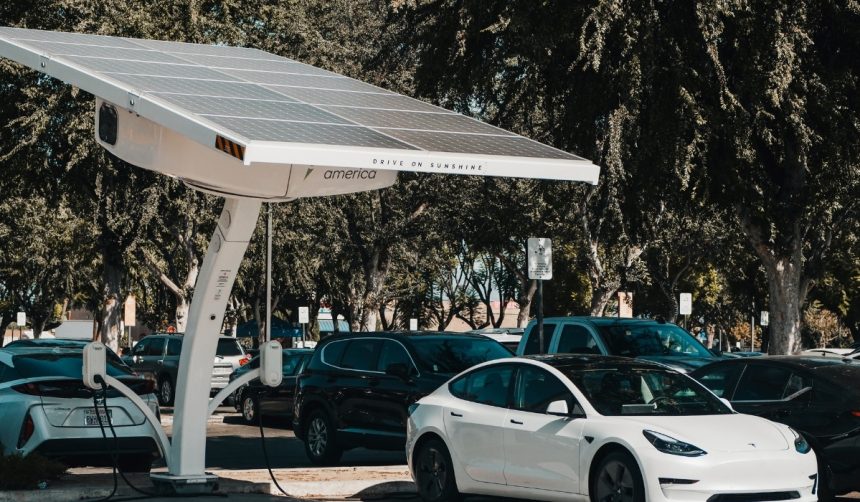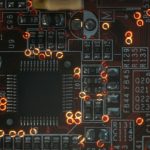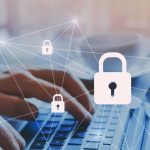Tesla has taken new steps to broaden public participation in its Robotaxi program, inviting more Austin residents to experience its autonomous ride-hailing platform. The company is shifting its focus to local users for data collection, following initial tests by a smaller, more geographically diverse group. As electric vehicles and autonomous driving evolve, Tesla’s Robotaxi service continues to draw interest with real-world testing in a major metropolitan area. Public engagement has increased as the company aims to make the service more widely accessible, while maintaining oversight and monitoring safety performance.
Initial demonstrations with Tesla’s Robotaxi occurred with select participants, many of whom traveled specifically for the launch event. Other industry players have made similar advances in autonomous taxi services, such as Waymo’s rollout in Phoenix, but Tesla’s strategy emphasizes local data gathering. Earlier tests by rivals concentrated primarily on controlled conditions or limited service areas rather than rapid expansion among local users. Tesla’s new wave of invites represents a pivot from exclusive first rides to a larger scale data-driven approach that leverages Austin’s urban dynamics.
Growing Local Participation in Austin
Tesla’s decision to extend invitations to residents of Austin and neighboring areas marks an effort to move beyond early adopters. The company started its local pilot on June 22, with most initial testers coming from outside the region. By targeting Austin locals, Tesla pursues more continuous and consistent feedback on everyday use of its Robotaxi platform. Locals who have joined the program typically did so by submitting their interest via a dedicated form on the Tesla website.
What Has the User Response Been?
Feedback from early users in Austin points to a largely positive experience with the autonomous rides. While minor technical disruptions have been reported, these have remained manageable according to both users and Tesla’s internal evaluations. Several invited participants have shared their experiences on social media, one noting,
“I just got a @robotaxi invite! Super excited to go try the service out!”
These user testimonies underline the smooth operation and growing curiosity about the technology among Austin residents.
Will Safety Monitors Be Reduced Soon?
Tesla currently deploys Safety Monitors and Supervisors to oversee initial ride operations and ensure protocol compliance. CEO Elon Musk has indicated intentions to reduce this monitoring presence as the system demonstrates reliability and scales up. This reduction is contingent on continued collection and analysis of operational data to validate autonomous decisions and rider safety. The current expansion is expected to support Tesla’s progress toward a more independent and automated service structure over the coming months.
The ongoing expansion of Tesla’s Robotaxi access illustrates not only the company’s intent to analyze real-world data, but also the growing willingness of the public to interact with driverless vehicles. While earlier reports focused on technical readiness, regulatory scrutiny and controlled pilot studies, the shift to broader community involvement signals a more open test environment. For individuals interested in participating, registering via Tesla’s Robotaxi interest form has become the primary way to gain early access. The program’s direction will depend on data quality, safety performance, and community response, which all play crucial roles in future proliferation. Readers seeking to engage with autonomous vehicle technologies may consider this a crucial window of observation and involvement, as performance metrics gathered in Austin will likely influence the pace and process of similar launches elsewhere.
- Tesla expands Robotaxi program to more Austin residents for data collection.
- Locals can join by applying on Tesla’s dedicated webpage.
- Safety monitoring may decrease as reliability and user data improve.










